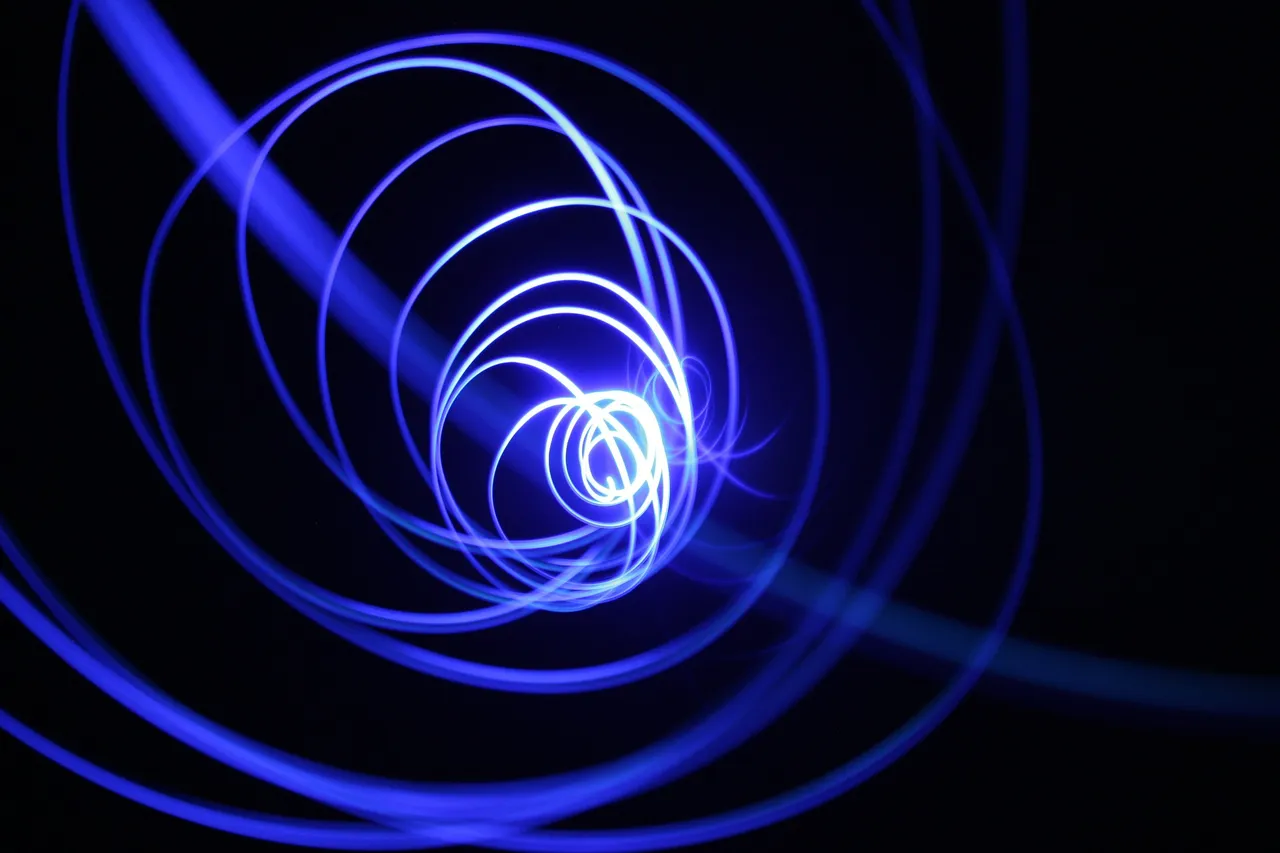
Pixabay
UV-disinfection became popular during the COVID-19 pandemic, and the industry is growing steadily as a result. The industry is projected to grow to almost $8 billion by 2026, and the underlying technology is tried and true with many applications proved during the pandemic. Recent studies have identified a safe range of operation for UV-light disinfection that is safe for people and effective against pathogens in the air and on surfaces. UV-disinfection is an emerging safe, clean and effective means for sterilizing surfaces of dangerous pathogens.
UV-technology is used to destroy the DNA of microorganisms, and it was found that COVID-19 is especially vulnerable to UV-light energy, as its spike protein is disrupted during exposure. Sunlight works in a similar fashion, and the UV-C of the engineered light systems disrupts incoming pathogens. These UV-lights can be added to HVAC system, used as portable and handheld units or as water and surface decontaminators. The technology itself uses no chemicals, and could theoretically be powered by green-energy sources including solar and nuclear energy.
UV-decontamination and sterilization has been used in laboratories for years, and is effective. Those who use these systems perform the work in enclosures with interlocks or must rely upon glasses as protection. New UV-decontamination systems operate at 230 nanometers, which does cannot enter living skin, and is rather absorbed in the dead-skin layer. This system can be used when people are in the area, as it is safe to work around. A person could be exposed to 230 nanometers UV-light for almost 90-minutes, and standard disinfection of a surface that is effective to kill pathogens is 20-seconds. This technology is effective, safe and can be used without chemical waste.
UV-disinfection is projected to be most utilized in Asia, and the biggest growth market is hospitals. The applications for these UV-disinfection units is particularly wide ranging, and can encompass HVAC units, building AHU, restaurants and virtually any office or work environment. The 230 nanometer UV-decontamination units can safely be used to spot-decontaminate areas in real time, as long as the absorbed dose remains within range of health regulations. UV can even be used to treat water, and the savings on chemicals can be a motivating factor for adoption.
The UV-decontamination industry is set to flourish, and there are large companies taking the lead. Xylem, Trojan, Xenex and Siemens among others are focusing in on commercializing this technology. Applications of note include decontamination of facilities, water, HVAC and surfaces. This is a rapidly growing industry and one with a lot of support. This is an industry to watch.
Posted on Hive, Blurt and Steemit
